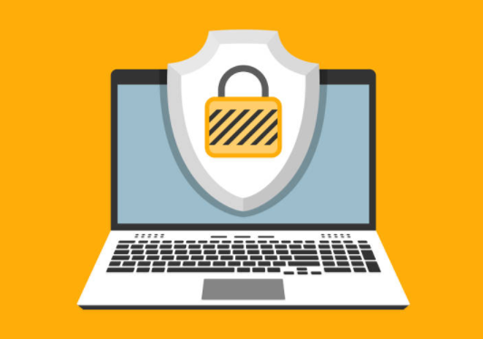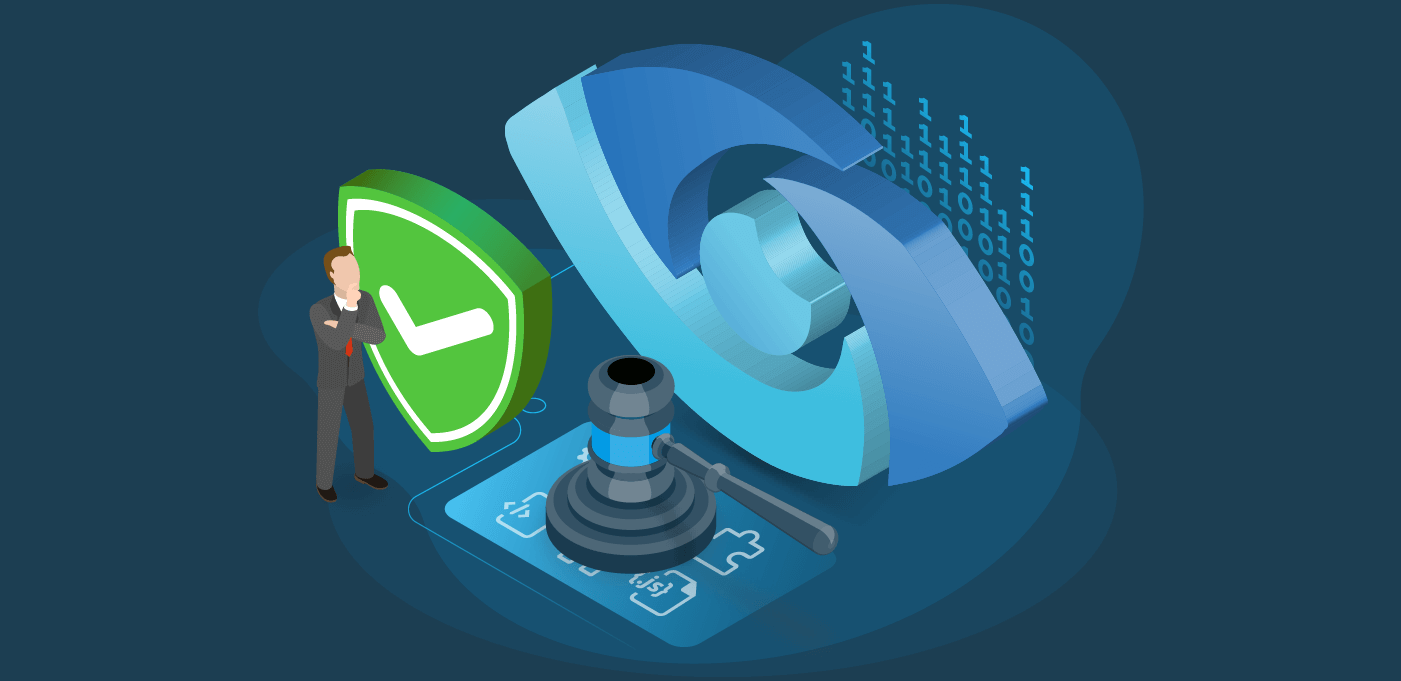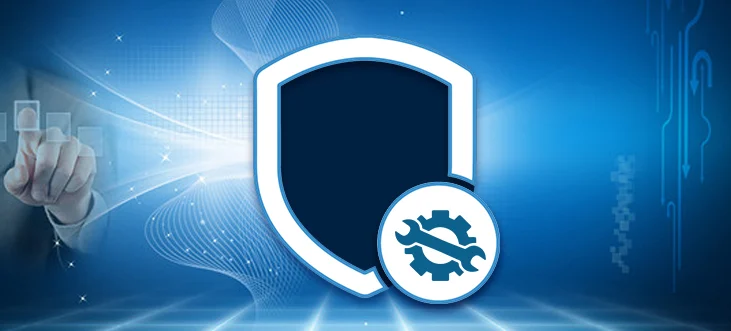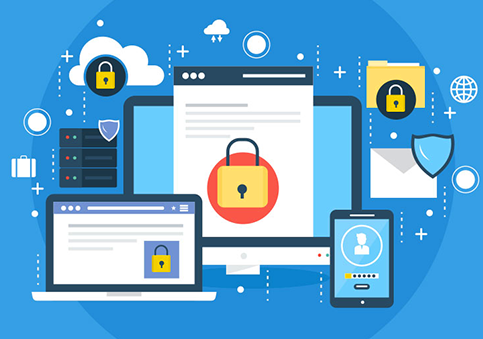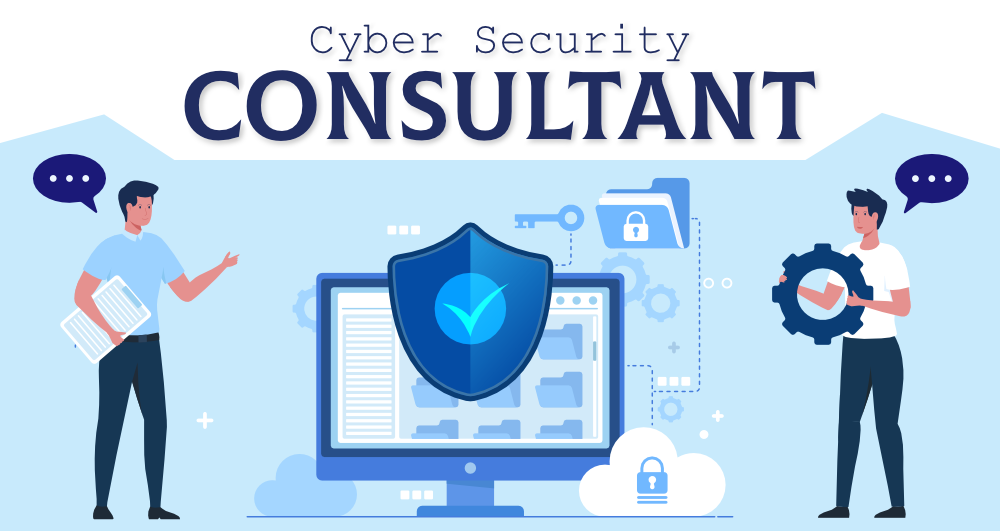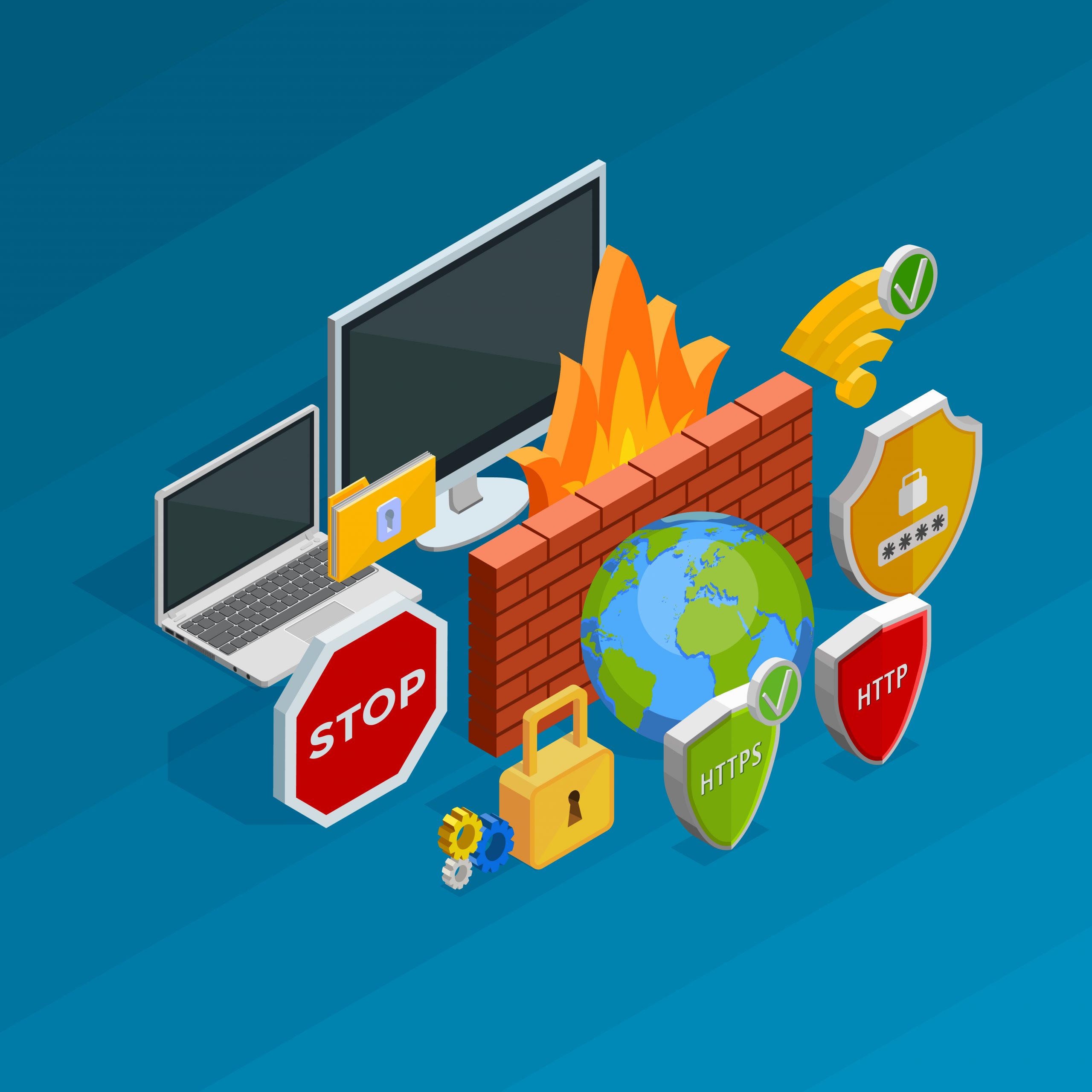North Dakota K-12 Schools Impacted by Nationwide Cyber Breach: How Xcitium’s Zero Trust Approach Can Protect Education
Updated on January 17, 2025, by Xcitium
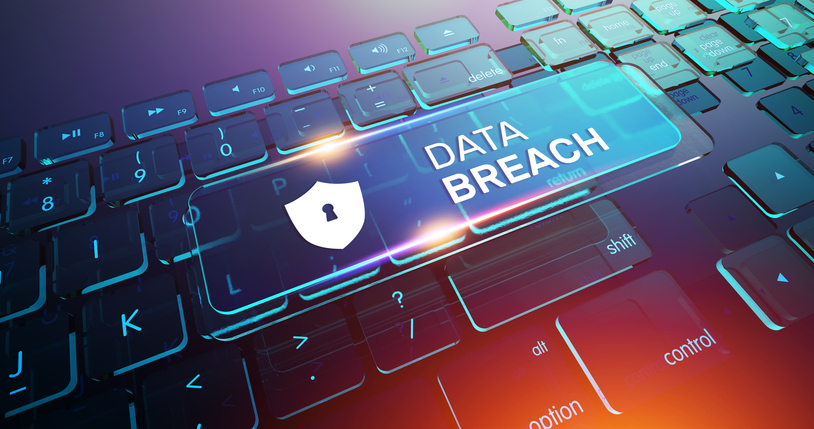
A recent cyber breach affecting K-12 schools across North Dakota has exposed the vulnerabilities in cybersecurity at educational institutions. This nationwide incident compromised sensitive student and staff data, highlighting the increasing frequency and severity of cyberattacks targeting the education sector. With limited budgets, outdated technology, and growing reliance on digital tools, schools are finding it harder than ever to safeguard their systems.
To prevent similar breaches, schools must adopt a proactive cybersecurity strategy. Xcitium’s unique Zero Trust approach ensures the safety or risk of every file, application, or executable is known and treated accordingly—never assuming something is safe just because it hasn’t been flagged as dangerous. This paradigm shift in cybersecurity provides the robust protection schools need to secure sensitive data and maintain operational continuity.
Why Schools Are High-Risk Targets for Cyberattacks
Cybercriminals see educational institutions as valuable targets due to the following factors:
- Sensitive Data Schools store personal, financial, and educational records that can be exploited for identity theft and fraud.
- Underfunded Cybersecurity Tight budgets often prevent K-12 schools from investing in advanced security tools and hiring dedicated IT personnel.
- Legacy Systems Many schools use outdated systems that are ill-equipped to handle modern cyber threats.
- Expanded Digital Footprint Remote learning, online platforms, and connected devices increase the attack surface, providing more entry points for cybercriminals.
The Impact of Cyberattacks on Schools
The consequences of cyber breaches in K-12 schools are far-reaching and severe:
- Data Breaches: Sensitive information, including student and staff data, can be leaked or sold on the dark web.
- Operational Disruptions: Ransomware attacks can halt classroom activities and administrative functions.
- Financial Costs: Recovery efforts, legal fees, and potential regulatory fines strain already tight budgets.
- Loss of Trust: Parents, staff, and communities may lose confidence in a school’s ability to protect its stakeholders.
How Xcitium’s Zero Trust Platform Protects Schools
Unlike traditional access-based Zero Trust models, Xcitium’s Zero Trust architecture focuses on verifying the safety or risk of every file, application, or executable. This approach eliminates the assumption of safety, ensuring that no potential threat goes unchecked.
Key Features of Xcitium’s Approach:
1. Validation of All Executables
Every file or executable is assessed for safety. If its status is unknown, Xcitium treats it as potentially dangerous and addresses it through ZeroDwell technology .
2. Real-Time Threat Containment
Xcitium’s ZeroDwell technology proactively neutralizes threats by virtualizing their attack vectors , preventing them from executing or spreading.
3. Proactive Risk Management
By addressing threats before they infiltrate systems, Xcitium helps schools maintain operational continuity and avoid breaches.
4. Scalable Solutions for Tight Budgets
Xcitium’s affordable, scalable solutions fit the unique financial constraints of K-12 schools.
5. Regulatory Compliance Support
Xcitium ensures compliance with data protection regulations, helping schools avoid fines and maintain trust.
Steps Schools Can Take to Strengthen Cybersecurity
1. Adopt Proactive Zero Trust Measures
Ensure that every file and application is validated for safety before it interacts with school systems.
2. Invest in Employee Training
Educate staff to recognize phishing attempts, malicious links, and other common cyber threats.
3. Keep Systems Updated
Regularly update and patch software to address known vulnerabilities.
4. Develop Incident Response Plans
Establish protocols to quickly respond to breaches, minimizing their impact on school operations.
5. Leverage Advanced Monitoring Tools
Use real-time analytics to identify and mitigate threats as they emerge.
How Xcitium Empowers Schools to Stay Secure
Xcitium provides schools with the tools and technologies they need to defend against evolving threats:
1. ZeroDwell Technology
Proactively isolate adn neutralize malicious files before they can execute, ensuring continuous protection for school systems.
2. Comprehensive Risk Insights
Offers real-time reporting and analytics to help schools understand their cybersecurity posture and improve defenses.
3. Cost-Effective Protection
Tailored solutions ensure that even schools with limited budgets can access enterprise-grade cybersecurity.
4. Ease of Implementation
Xcitium’s user-friendly platform is designed to integrate seamlessly into existing systems, reducing operational complexity.
Conclusion: Securing the Future of Education
The cyber breach impacting North Dakota’s K-12 schools underscores the urgent need for proactive cybersecurity strategies. Schools can no longer afford to rely on outdated defenses or reactive measures. By adopting Xcitium’s Zero Trust approach, they can ensure the safety of every file and executable, stopping threats before they disrupt operations or compromise sensitive data.
With Xcitium, schools can protect their systems, maintain trust within their communities, and focus on what truly matters: educating the next generation.


